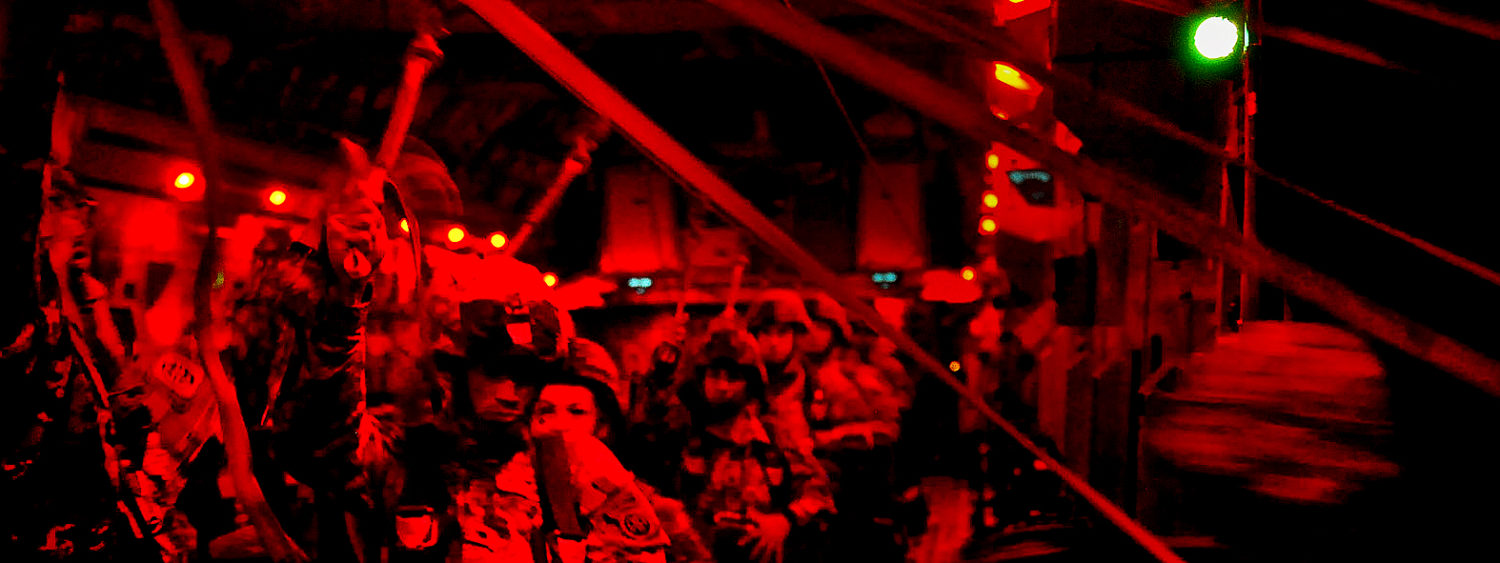I echo the voices of many of my fellow officers when I say that I want to place training before administrative tasks. Yet, many of us get beaten by the bureaucratic mess that is “Big Army.” Try as we might, we can’t quite get a good battle rhythm that frees up enough time for our soldiers to work on their craft. They are constantly tasked out for details from Battalion, Brigade, and Division. Luckily, there is a way to guard time for soldiers to train and fulfill taskings from higher echelons. It is difficult, and requires communication and support from your Battalion, but ultimately it can work.

Soldiers assigned to 1-502nd Infantry Regiment ‘First Strike’, 2nd Brigade Combat Team 2nd Brigade Combat Team ‘STRIKE’ 101st Airborne Division (Air Assault) , UH-60 Blackhawk Helicopters assigned to the 3-501st Assault Helicopter Battalion, Combat Aviation Brigade, 1st Armored Division, Fort Bliss 1st Armored Division and the Hellenic XXV Armored Brigade, conduct wet gap crossing training as part of Exercise Olympic Cooperation 22 on Oct. 11, 2022, in Greece. The United States’ commitment to defending NATO territory is ironclad and the United States will continue to bolster our posture to better defend our NATO Allies. (U.S. Army photos by Staff Sgt. Malcolm Cohens-Ashley, 2nd Brigade Combat Team ‘STRIKE’ Public Affairs.)










